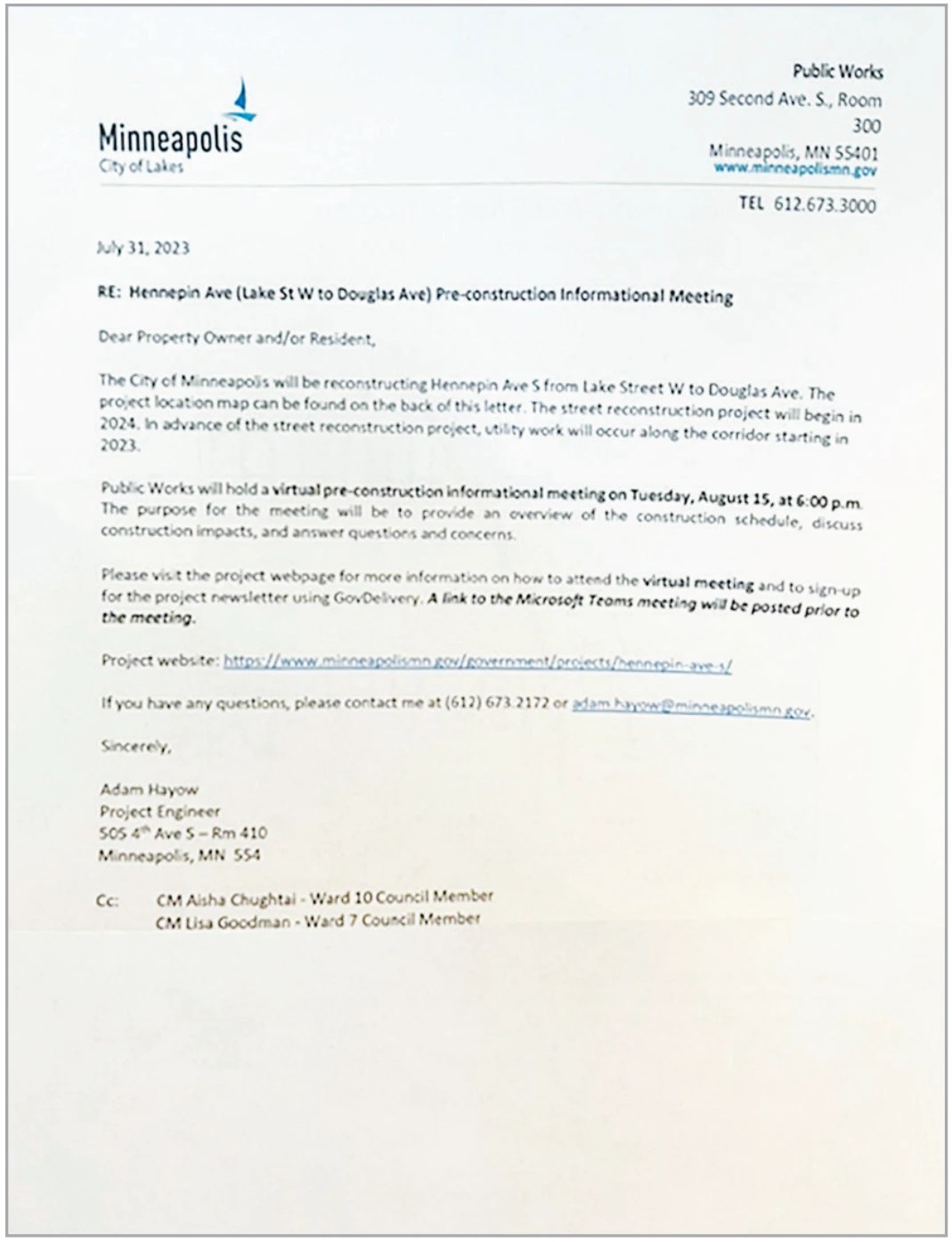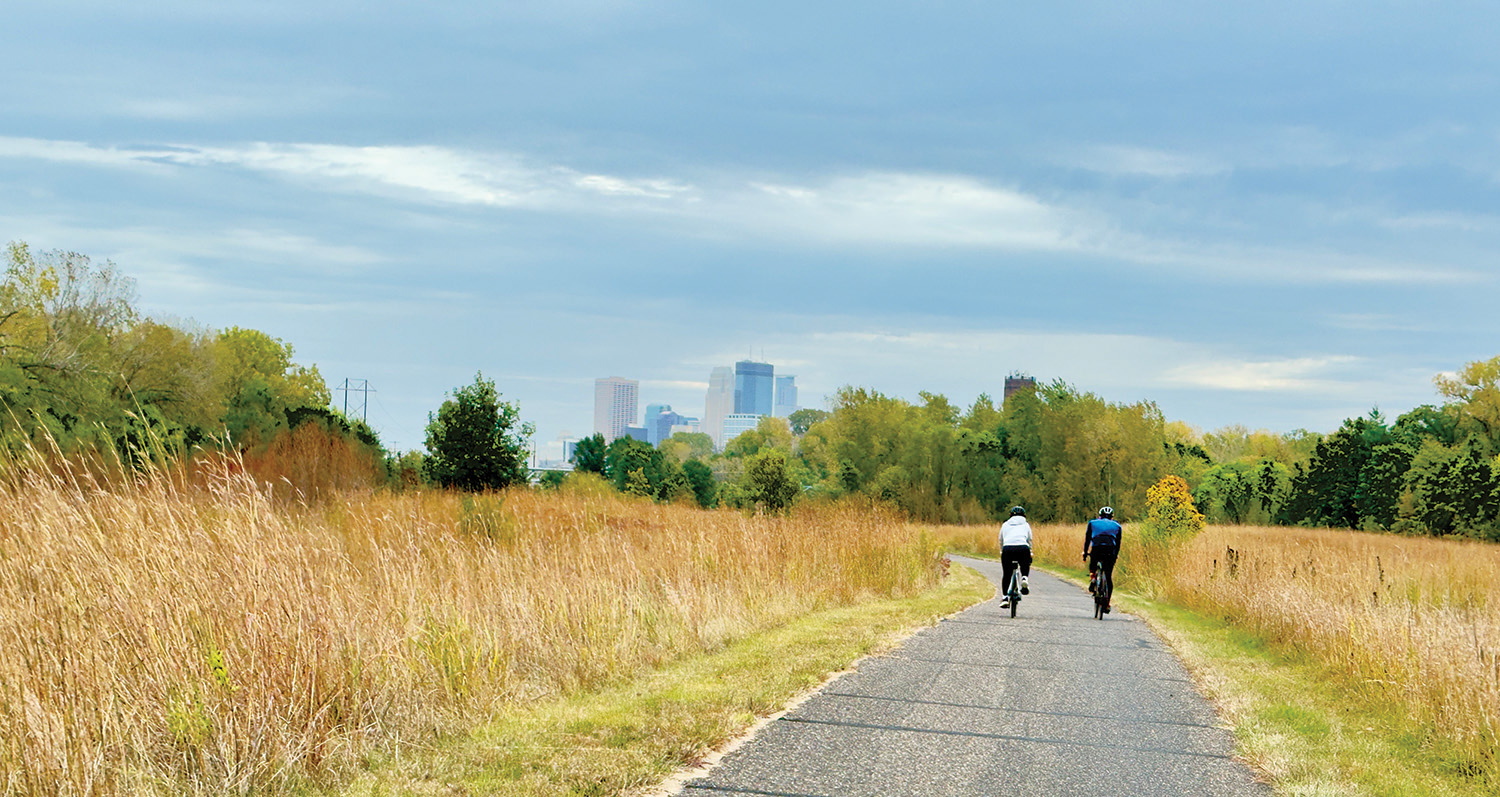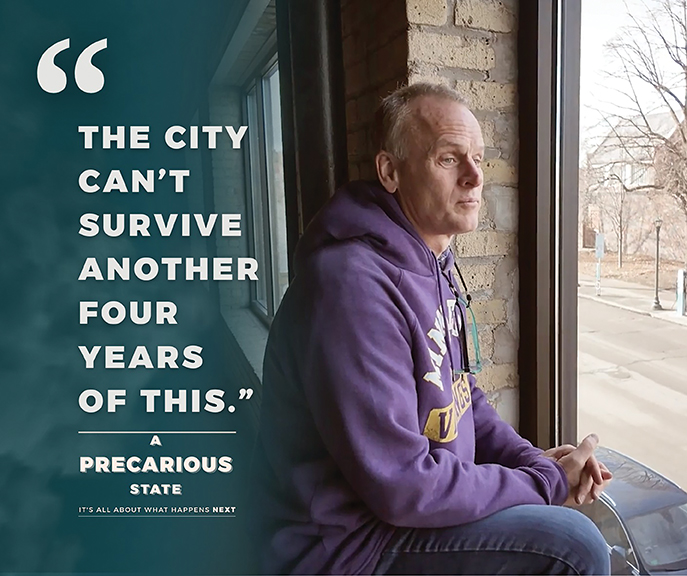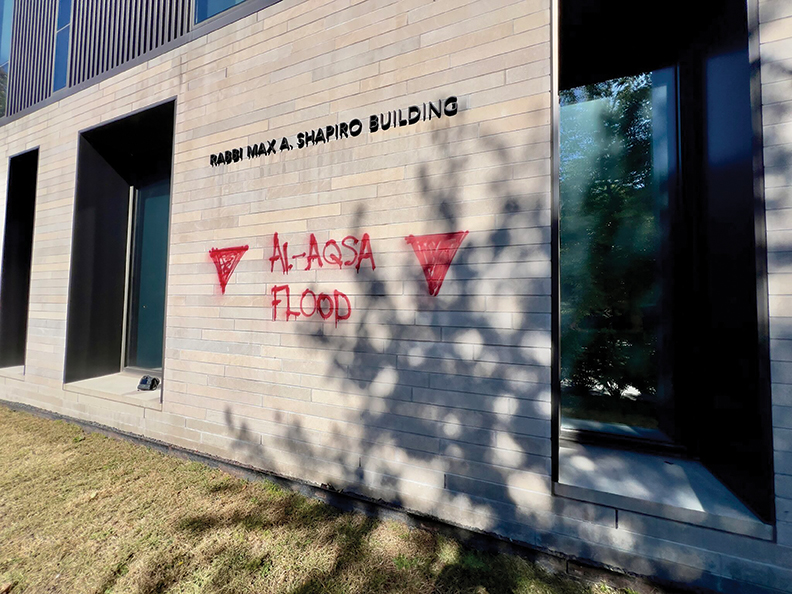Zoë Francois, a local business owner and Lowry Hill resident, exclaimed, “I want my neighborhood to thrive.” Katie Jones, a local activist and resident of Lowry Hill East/ Wedge, was quoted in the Star Tribune saying, “All we want is a thriving Hennepin Avenue.”
Francois and Jones both want the best for their communities — but they differ in opinion on the best route for success.
The City of Minneapolis is currently engineering the reconstruction of Hennepin Avenue between Douglas Avenue and Lake Street. Property owners along the corridor will be assessed for the “improvements” even though many are opposed to the design, which will eventually eliminate parking in favor of dedicated bike and bus lanes.
City officials confirmed that the city spent $1.24 million on transit planning and nothing on planning related to supporting business vitality along the commercial corridor.
The plan, introduced in 2018, was approved by the City Council in 2022 and construction is expected to begin in early 2024. Ward 7 Council Member Lisa Goodman did not support the plan and voted no.
According to the city’s website, the goals of the project are to improve sidewalks and intersections, consider a protected bikeway, create space for improved transit stops with the future METRO E Line Bus Rapid Transit (BRT), replace aging traffic signal and stormwater infrastructure, maintain and improve mobility for transit and motor vehicles and meet the city's transportation and climate change goals.
Supporting business development or a thriving commercial corridor are not among the plan’s stated goals.
The plan specifies there will be only one lane for cars in each direction, one lane dedicated for wbuses and two-way off road bike lanes on the eastern side of the corridor.
The exact specifications are yet to be determined, but parking on Hennepin Avenue will be limited and restricted during peak rush hour and could eventually be eliminated if transit numbers are high.
The Argument Against the Plan
From the very beginning, the process was flawed, according to neighbor and president of the East Isles Neighborhood Association Mike Erlandson.
Erlandson also served on the Hennepin Avenue Advisory Stakeholder Committee for the project. He describes the panel process as “less than open” and “a disservice to the project and the community.”
Erlandson thinks that the city wasn’t objective once they got the federal grant for the project and for the BRT. According to Erlandson, BRT was never up for discussion and was a given in the planning process. This was confirmed by city officials.
Furthermore, Erlandson and Francois object to the usage of data from 2018 in the plan. “The world and our community have changed in the last few years,” says Francois, referencing the COVID-19 pandemic as well as the murder of George Floyd.
According to a February 2023 survey by the Census Bureau, 23.5% of Minnesota workers report working from home for three or more days each week.
In contrast, Fox 9 reported that in 2019, only 6.4% of Minnesota workers were remote, representing a dramatic increase since the pandemic.
With record-high numbers of Minnesotans working from home, it isn’t clear that BRT routes to downtown will be heavily used or necessary.
The combination of reduced business during the pandemic and the unrest following the murder of George Floyd caused a lot of businesses to leave Minneapolis altogether.
The fear is that reduced access to parking could further harm already struggling businesses — that if parking is taken away from businesses, businesses will ultimately fail.
Erlandson and Francois cite Hennepin Avenue between Lake Street and 31st Street as a case study foreshadowing a rapid departure of businesses, empty storefronts and crime.
Finally, Erlandson and Francois argue that local government has made many costly mistakes in recent years such as designing Bryant Avenue South, which isn’t wide enough for emergency vehicles, and SWLRT with its multitude of flaws and cost overruns.
The Argument for the Plan
Jones supports the city’s plan and the use of 24/7 dedicated bus lanes because of its environmental and equity benefits. She noted that the design is supported by the city’s Climate Equity Plan and Transportation Action Plan.
She pointed out that July 2023 was the hottest month on earth recorded in the last 120,000 years according to climate scientists, “We need to be acting everywhere to address climate, including here on Hennepin Ave.”
Jones said the road layout and design have been submitted to the Federal government, which is providing $7 million for the project, and is unlikely to change ahead of construction next year.
Do Francois and Erlandson agree that the project will result in an improved carbon footprint?
Francois and Erlandson argue that when businesses close because of lack of parking, we shift our shopping elsewhere. Erlandson remarked, “After the Uptown Apple Store closed, many local residents now drive to Apple’s Ridgedale or Southdale locations. What’s the carbon footprint of that?”
Francois discussed the issue with other neighbors who shared similar concerns and felt in the dark about the project. Together they started a petition called “Rethink Uptown” to the mayor and city officials to pause and reevaluate the project.
My Take
As a frequent walker and biker, and a practicing student driver, I find this issue confusing. I support action toward reducing carbon emissions, but I also value the local businesses of Minneapolis — and I suspect these views are shared by most neighbors.
On a recent trip to Sweden and Denmark, I was surprised to see the prevalence of biking and the accessibility of public transit. Still, modeling Minneapolis after the cities I visited isn’t as easy as it seems.
Gothenburg and Copenhagen do not face Minnesota’s brutal winter which limits biking for many months.
My hope for Hennepin Avenue and Minneapolis is for it to thrive with a focus on sustainability, but I hope we can prioritize our small businesses at the same time.
Local businesses are integral to a community as they provide more than just retail. While it is likely that the project will continue, either way, we must support local businesses, because a thriving community requires access to unique venues and commercial spaces.
I urge all neighbors to educate themselves about this issue and decide what your values are for our community.






